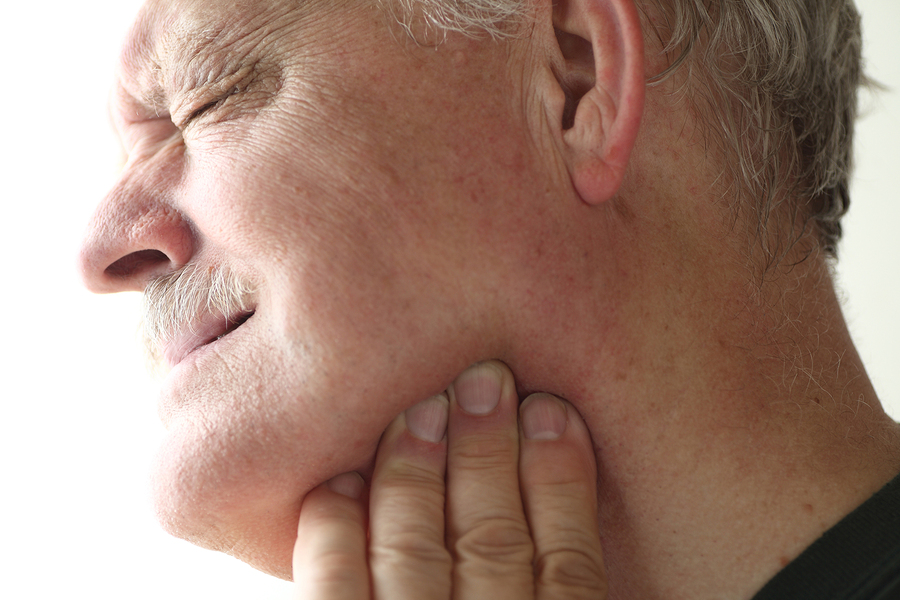Many people suffer from TMD, or temporomandibular dysfunction, which is when the jaw joint (the temporomandibular joint) doesn’t work as it should. This ball-and-socket joint can cause a lot of pain and a variety of symptoms when not functioning properly, including jaw popping and clicking; pain in the jaw, neck, shoulders, and back; unexplained headaches and migraines; and ringing in the ear.
Causes of TMD
Some of the more common causes of temporomandibular dysfunction include:
- Malocclusion (bad bite)
- Airway issues
- Bruxism (grinding)
- Clenching
- Physical trauma to the jaw joint
- Arthritis
TMD can get worse over time if the underlying cause is not addressed. It can also create a damaging feedback loop, where pain from the TMD can lead to grinding or clenching due to stress, which makes TMD worse.
What’s Going on Inside the Jaw Joint
To understand how TMJ dysfunction develops, it’s necessary to understand how the jaw joint is supposed to function.
The TMJ is a ball-and-socket joint that’s responsible for opening and closing the mouth. Both sides have to work in tandem for this to happen. The joint can cease to function correctly either due to problems with the joint itself – that is, with the ligaments, bones, and discs that make up the joint – or problems with the muscles and nerves surrounding the jaw joint. It can be difficult to know whether TMD is originating inside or outside the jaw joint.
TMD originating inside the jaw joint may be caused by physical trauma from an accident or assault or by certain types of arthritis that cause degeneration in the joint. TMD originating outside the jaw joint may be caused by malocclusion, airway issues, or clenching or grinding.
What’s Going on Outside the Jaw Joint
How does TMJ dysfunction originate outside the jaw without damage to the jaw joint itself? It comes from the muscles and nerves that surround and innervate the joint.
When the jaw joint can’t function the way it’s intended to, it compensates to maintain function by shifting out of position. This means the nearby muscles of the throat, neck, chin, and face have to work harder to support it in its unusual position. The continuous strain on the muscles is the reason why TMD is associated with pain in the face, neck, shoulders, and back. Grinding and clenching also put continuous strain on the muscles surrounding the joint, which can make it worse.
The compensation by the jaw can also cause problems with the nearby nerves in the face and neck. As these nerves are compressed, they can cause symptoms like twitches and numbness.
Treating a Complex Joint
As you can see, there’s more to TMD than simply pain in the jaw. Luckily, most people with TMD do get better and their symptoms lessen or go away entirely with treatment. Treatment may include oral appliances, braces or aligners, and over-the-counter or prescription medication. People with TMD can also help reduce their symptoms by practicing good habits like keeping their jaw unclenched during the day (with lips together, teeth apart), actively managing stress, and avoiding chewing gum or hard, sticky foods that can overwork the jaw.
If you have or think you have TMD, talk to a dentist with training and experience in TMJ health. The correct treatment can eliminate unwanted symptoms and improve your oral health, too.

 Dr. Ami Barakat
Dr. Ami Barakat